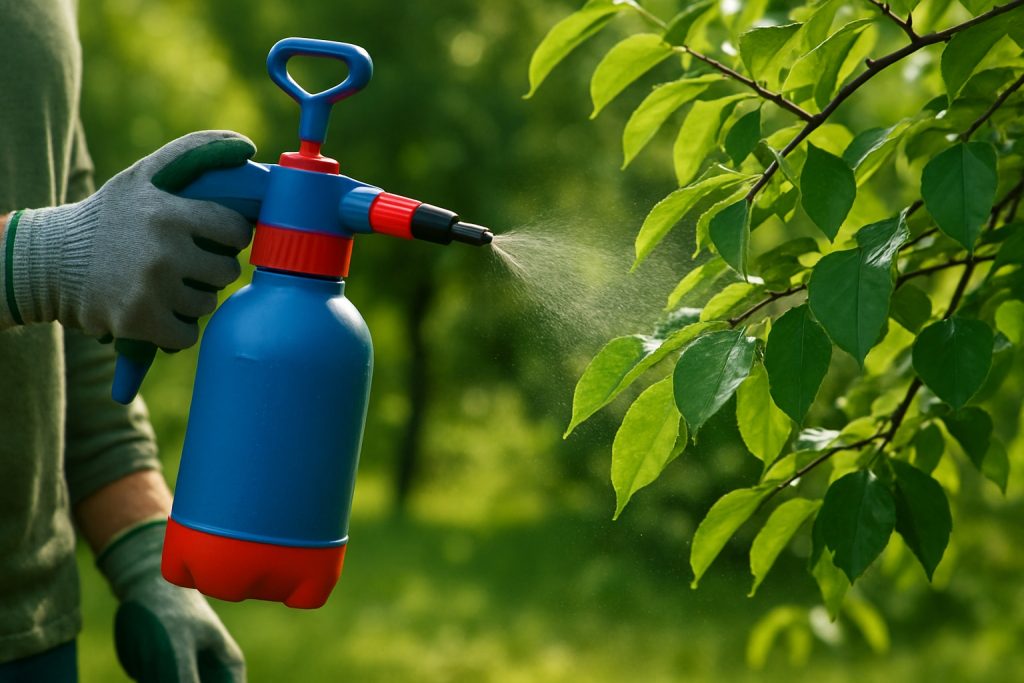Tree Disease Treatment in Childs, PA
Revive the Strength of Your Trees—Before It’s Too Late
In a landscape as naturally wooded and picturesque as Childs, PA, the sight of withering trees can feel like a personal loss. What begins as yellowing leaves, a few weeping cracks in the bark, or slowed seasonal growth can quickly spiral into extensive decay. These symptoms aren’t just unsightly—they’re signals of underlying disease. In this climate, where heavy snows give way to wet springs and muggy summers, tree pathogens thrive unnoticed. That’s why acting fast with professional, targeted treatment isn’t just smart—it’s essential to preserving the beauty and structure of your property.
When you partner with the right team, your trees don’t just recover—they come back stronger, more resilient, and better equipped to weather the unique conditions of northeastern Pennsylvania.
Why Tree Disease Is So Common in Childs, PA
Childs sits at the crossroads of Appalachian elevation and rich woodland diversity. With these advantages comes a challenge: environmental conditions ideal for fungal and bacterial growth. Seasonal rains create damp conditions where diseases like root rot, needle cast, and leaf spot proliferate. Add in a few warm weeks and you’ve got a recipe for infestation. Local tree species—including maples, oaks, and ornamental pines—are particularly sensitive to shifts in soil moisture, temperature swings, and insect vectors like bark beetles and scale.
Because of this regional complexity, treating a tree in Childs requires more than general care. It demands a treatment plan that understands the rhythm of the local seasons, the composition of the surrounding soil, and the vulnerabilities of each species growing on your lot.
What to Expect From Professional Tree Disease Treatment
The first step is an inspection. Not just a visual walkaround, but a methodical evaluation performed by ISA-certified arborists. They’ll assess bark texture, leaf health, growth anomalies, and even internal decay if necessary. Often, what seems like surface-level stress can be traced back to more serious infections such as blight or vascular disease.
Following the diagnosis, a custom treatment plan is developed. This might include targeted fungicide applications, strategic pruning to improve airflow, soil amendments, or root zone aeration. In some cases, systemic injections are used to deliver nutrients or antibiotics directly into the tree’s vascular system. Each solution is matched to your tree’s species, the disease type, and the environment surrounding it.
Most importantly, our approach is built around preservation. We focus on restoring—not replacing—valuable trees whenever possible, helping them thrive well beyond the current season.
Tips for Identifying Early Warning Signs of Tree Illness
While some tree diseases develop over years, many accelerate rapidly during certain seasons. Knowing what to look for can give you an advantage:
-
Sudden leaf drop or discoloration, especially if isolated to one section of the canopy.
-
Dark, sunken lesions on bark or branches, which may ooze or crack.
-
Mushrooms or fungal growth at the tree’s base, often indicating internal decay.
-
Wilting or curling leaves in spring or summer, even when soil appears moist.
-
Sparse or stunted growth, often coupled with dead branch tips.
If any of these symptoms appear, it’s time to call a specialist. Delaying may allow the disease to spread to nearby trees or penetrate more deeply into the tree’s structure.
How Tree Disease Treatment Supports Long-Term Landscape Health
Healthy trees contribute more than beauty. They shade your home, enrich your soil, and support wildlife native to the Childs region. When a single tree becomes infected, it can jeopardize that entire ecosystem. Untreated diseases often spread underground through shared root systems or aboveground via insects, affecting entire stands of trees.
By addressing disease proactively, you’re not just solving an immediate problem—you’re investing in the long-term stability of your yard. Strategic treatments improve soil balance, control vectors, and strengthen the natural defense systems of surrounding plants. Think of it as preventative medicine for your landscape, with both aesthetic and environmental benefits.
Trust the Arborists Who Know Childs and Care About Its Trees
Protecting the trees on your property is more than a task—it’s a responsibility to your landscape and the legacy of the region itself. With years of experience in Childs and the surrounding woodlands, our team brings a deep understanding of what your trees are facing and how to respond. Whether your property holds mature hardwoods or younger ornamentals, we tailor every treatment to restore full vitality while preserving the natural character of your space.
Don’t wait for damage to spread. Reach out today and let our experts assess the health of your trees. Whether you’re ready to book or just have questions, our team is here to guide you toward the best solution. Call now or complete our brief online request form to take the first step toward restoring the strength and beauty of your trees—before another season passes.


